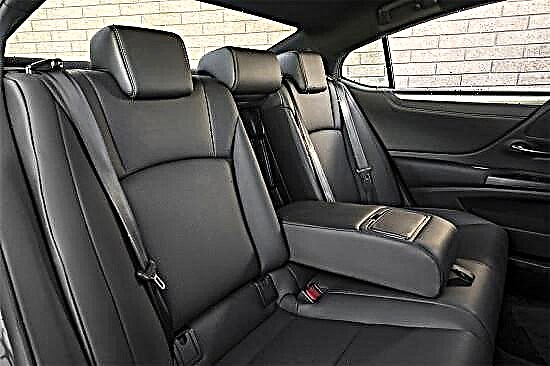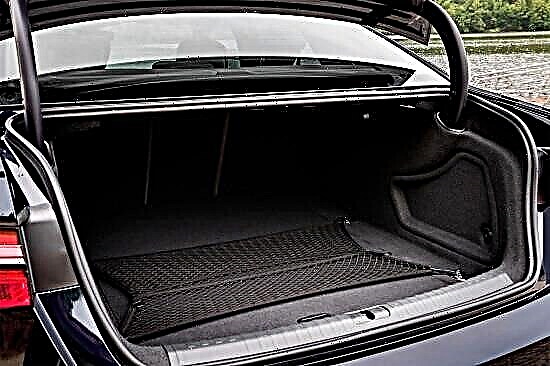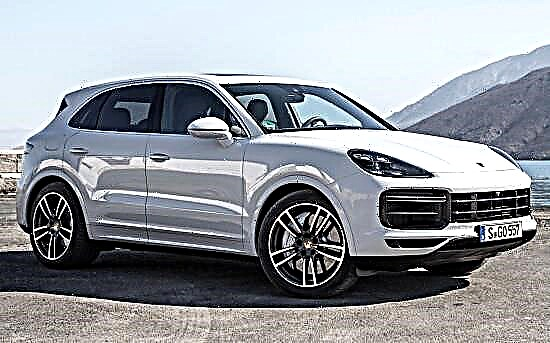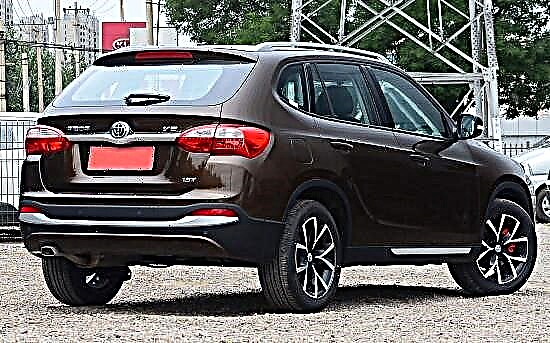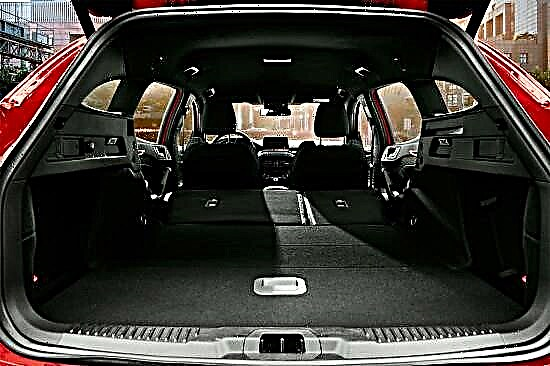Automotive on-board computers (trip computers, car computers ... etc.) are, as the name suggests, computers designed to be installed and used in a car. And on-board computers are not intended for entertainment (although a car computer may have entertainment functions, but this is not its main purpose) - on-board computers are primarily designed to control a huge number of parameters of car systems.
By the way, today even budget car models are equipped with sensors that control the operation of its main components and assemblies - for example, fuel injection control systems, ignition, fuel supply, microclimate control and many others. And the driver does not have access not only to adjust these parameters, but even, often, to their values - which (together with fault codes) are recorded in the electronic control unit of the car, access to which is possible only with the help of special equipment in an authorized center service.
As a rule, all the work of the on-board car computer, visible to the driver, is reduced to the fact that the “check engine” light on the front panel of the car lights up, which means that “something bad happened to the engine”. But what the scale of the malfunction is and what exactly broke (fell off, worn out) is unknown, and to find out it is necessary to go to the service center and carry out diagnostics. Naturally, this state of affairs does not suit advanced motorists at all, and they are trying to find out more about their "iron horses" using an on-board computer.

And demand, as they say, generates supply - therefore, a large number of devices are presented on the market designed to satisfy the "information hunger" of car owners, i.e. on-board computers equipped with vehicle diagnostic systems. The range of prices for on-board computers is as great as their assortment - from one and a half to 5 thousand rubles. Such autocomputers work as follows: the on-board computer is connected to the power supply control unit, which reads information from the vehicle's sensors. If any sensor transmits a signal about a malfunction, the on-board computer receives it and decodes it into human-readable messages that are displayed on the computer display in the form: “check the oil level” or “malfunction of the ignition system”. The question is - how useful can this information be to the driver?
We can say this: you cannot carry out a serious diagnosis of components and assemblies of a car using only an on-board computer (i.e. far from a car service). Of course, the on-board computer will tell you that it is time to replace the candles or the fact that the right rear shock absorber is “killed”, but, as practice shows, with detailed diagnostics in service centers, the causes of malfunctions are often completely different, and the breakdown reported by the on-board computer is just a consequence. But this does not mean that the on-board computers are lying - they just honestly inform you that there is a specific malfunction in the car, and this is already a lot. Well, then there are two possible solutions to the problem: try to deal with the breakdown on your own, or “take a course” for a car service.
But the functionality of a modern car on-board computer is not limited to the ability to "bring bad news" (such as decoding the codes of probable breakdowns and predicting the wear of vehicle components), the computer can also show you: from the banal remaining fuel in the tank (by the way, it is can also) and fuel consumption at the moment before the run per trip, the number of the engaged gear, the speed at the moment or a given period of time, the voltage of the on-board network, the crankshaft speed, the ignition timing and the acceleration time to 100 km / h ... in general a bunch of useful and not so much. It costs nothing to the on-board computer to calculate the trip time and its cost (if you were not too lazy to enter the cost of a liter of fuel).
On the next page you can learn more about the types and functionality of vehicle on-board computers.

